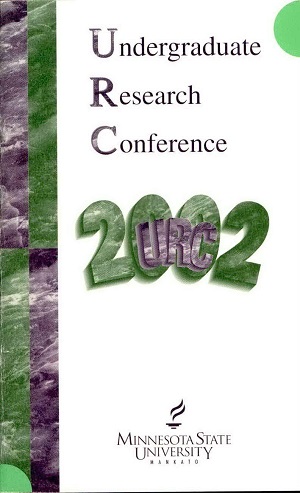Physical Properties of Soil as an Indicator of Restoration Success
Location
CSU
Student's Major
Biological Sciences
Student's College
Science, Engineering and Technology
Mentor's Name
Brock R. McMillan
Mentor's Department
Biological Sciences
Mentor's College
Science, Engineering and Technology
Description
Grasslands of the eastern Great Plains have been described as the most endangered ecosystem in North American and possibly the world. More than 97 percent of this region has been converted to rowcrop agriculture. Because of the now-realized importance of preserving natural ecosystems and maintaining biodiversity, considerable effort has been devoted to the restoration of prairie grasslands in the region. However, there has been little effort to evaluate the effectiveness of these restoration efforts. During summer 2001, soil samples were collected from 8 sites (4 restored and 4 native) along the Platte River in south-central Nebraska. At each site, 8 samples from three locations along a hydrological gradient were taken for a total of 192 samples. Soil pH, soil moisture, bulk density, and soil texture were determined for each of the collected samples. A comparison of the results from the restored and the native sites was performed to determine the effectiveness of restoration efforts at restoring belowground structure and function of grassland ecosystems.
Physical Properties of Soil as an Indicator of Restoration Success
CSU
Grasslands of the eastern Great Plains have been described as the most endangered ecosystem in North American and possibly the world. More than 97 percent of this region has been converted to rowcrop agriculture. Because of the now-realized importance of preserving natural ecosystems and maintaining biodiversity, considerable effort has been devoted to the restoration of prairie grasslands in the region. However, there has been little effort to evaluate the effectiveness of these restoration efforts. During summer 2001, soil samples were collected from 8 sites (4 restored and 4 native) along the Platte River in south-central Nebraska. At each site, 8 samples from three locations along a hydrological gradient were taken for a total of 192 samples. Soil pH, soil moisture, bulk density, and soil texture were determined for each of the collected samples. A comparison of the results from the restored and the native sites was performed to determine the effectiveness of restoration efforts at restoring belowground structure and function of grassland ecosystems.



